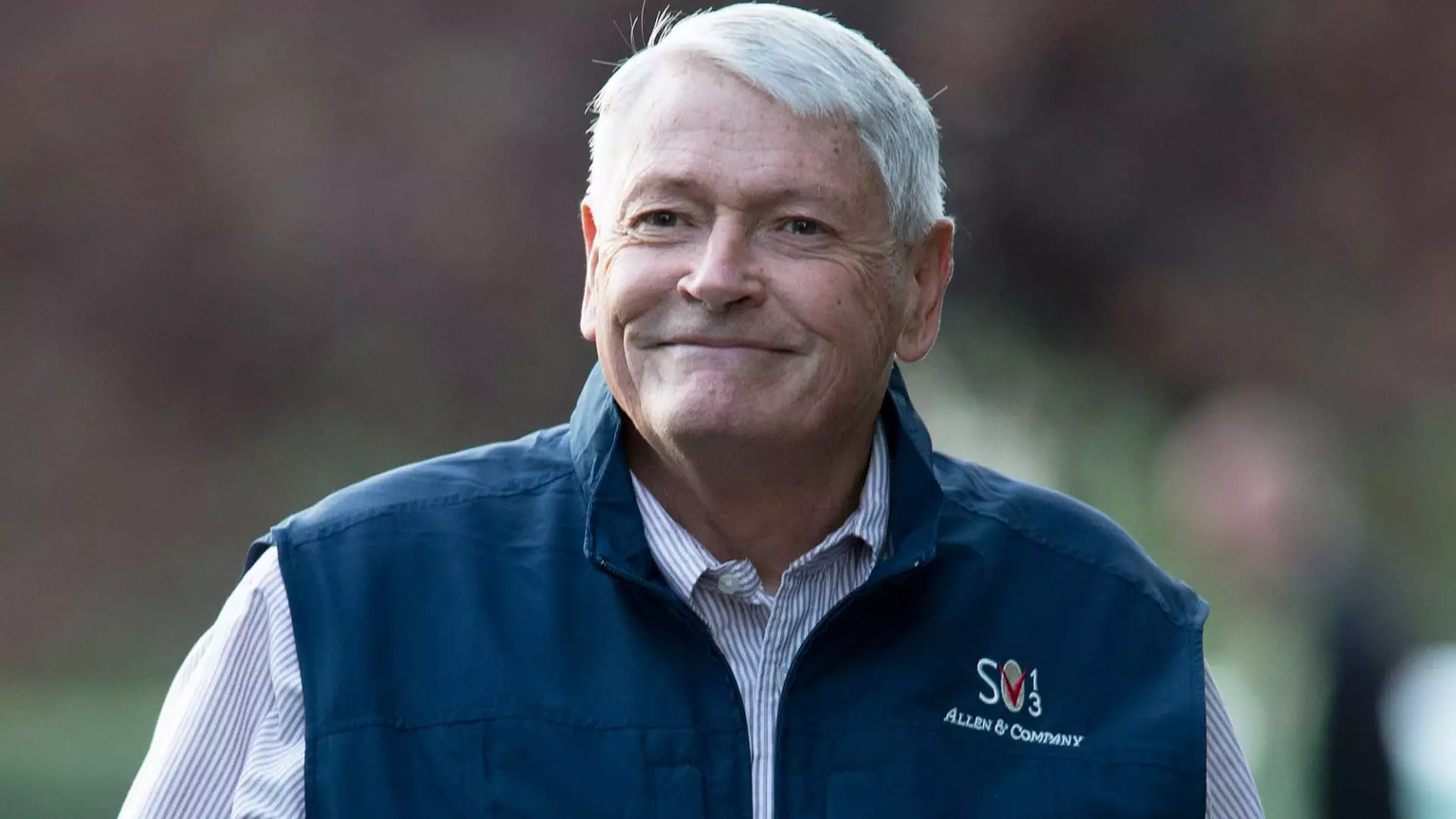Liberty Media has taken a decisive step towards reshaping its corporate landscape by announcing the spin-off of various assets, aside from its prominent Formula One auto racing segment, into a distinct publicly traded entity called Liberty Live. This move, which is set to be the culmination of an extensive reorganization, involves a significant change in leadership as CEO Greg Maffei announces his departure at the end of the year. In a move reflecting both continuity and transformation, John Malone, the 83-year-old chairman and media mogul, will assume the role of interim CEO. This transition marks a pivotal moment for Liberty Media as it navigates the complexities of modern media and entertainment markets.
The outlined strategic direction will see Liberty Media maintaining ownership of Formula One, a noteworthy acquisition from 2016 that has proven lucrative over the years. Additionally, the transition will also encompass MotoGP, upon the formalization of relevant transactions. In contrast, Liberty Live will receive an assortment of assets, including a substantial stake in Live Nation Entertainment, among others. The impending splits are indicative of a larger trend within the media industry to streamline portfolios and prioritize core competencies, a strategy that has gained traction particularly in the face of disruptive technological advancements.
Enhancing Shareholder Value
This dual restructuring aims to significantly enhance shareholder value by simplifying Liberty Media’s capital structure, as highlighted by Maffei. By eliminating the layers of complexity that come with multiple holdings under the Liberty brand, the company can potentially reduce the discount often seen in the valuation of net asset value for Liberty Live stocks. Maffei’s decision to exit coincides with a broader movement towards greater transparency and liquidity for shareholders.
Chris Marangi, Co-CIO of Value at Gabelli Funds, articulates the sentiment of many investors, emphasizing that Malone’s strategic maneuvers over the past two decades have created substantial shareholder prosperity. Marangi aptly describes this juncture as “the final act,” suggesting a conclusion to a chapter of aggressive expansion and a pivot towards refining and realizing the underlying value of its assets.
As Liberty Media approaches its investor day in Manhattan, stakeholders are poised for a deeper understanding of how these changes will manifest in tangible benefits. The expected completion of these corporate divisions by the latter half of 2025 represents not just a logistical milestone but a strategic realignment that could redefine the firm’s operational essence.
John Malone, often referred to as the “cable cowboy,” has long been a titan of the media landscape, with a storied career beginning in the 1970s when he created the cable empire TCI. His history of shrewd deal-making showcases his ability to innovate in an evolving industry. After selling TCI for a staggering $50 billion to AT&T in 1999, Malone remained influential in shaping the strategies of other major companies as evidenced by his directorial roles in entities like Warner Bros. Discovery.
Malone’s return as interim CEO comes at a critical juncture as Liberty Media seeks to clarify its strategic direction amidst the cacophony of technological change and competitive pressures in the broadcasting and streaming sectors. His reappointment signals continuity for investors, ensuring that the company retains an experienced hand during this transitional phase.
The motivations behind Liberty Media’s latest moves are mirrored in the sentiments of market analysts. The spin-off and the deliberate decoupling of various brands indicate a sophisticated approach to capital management. Analysts view this as not only an opportunity for Liberty Media to enhance operational efficiency but also as a strategic pivot to address the rapidly transforming landscape of consumer media consumption.
While market conditions and shareholder priorities will dictate the outcome of these initiatives, the overarching theme remains clear: businesses like Liberty Media are increasingly cognizant that the path to long-term sustainability lies in focused strategies that maximize core competencies while fostering innovation. Just as the racing calendar unfolds with excitement in Formula One, so too does the future for Liberty Media promise to be thrilling, albeit in the boardroom rather than on the racetrack.
Liberty Media is embracing a critical transformation that is poised to redefine its future trajectory. The combination of leadership changes, strategic spins, and a keen focus on shareholder interests sets the stage for exciting developments in the years to come.


Leave a Reply